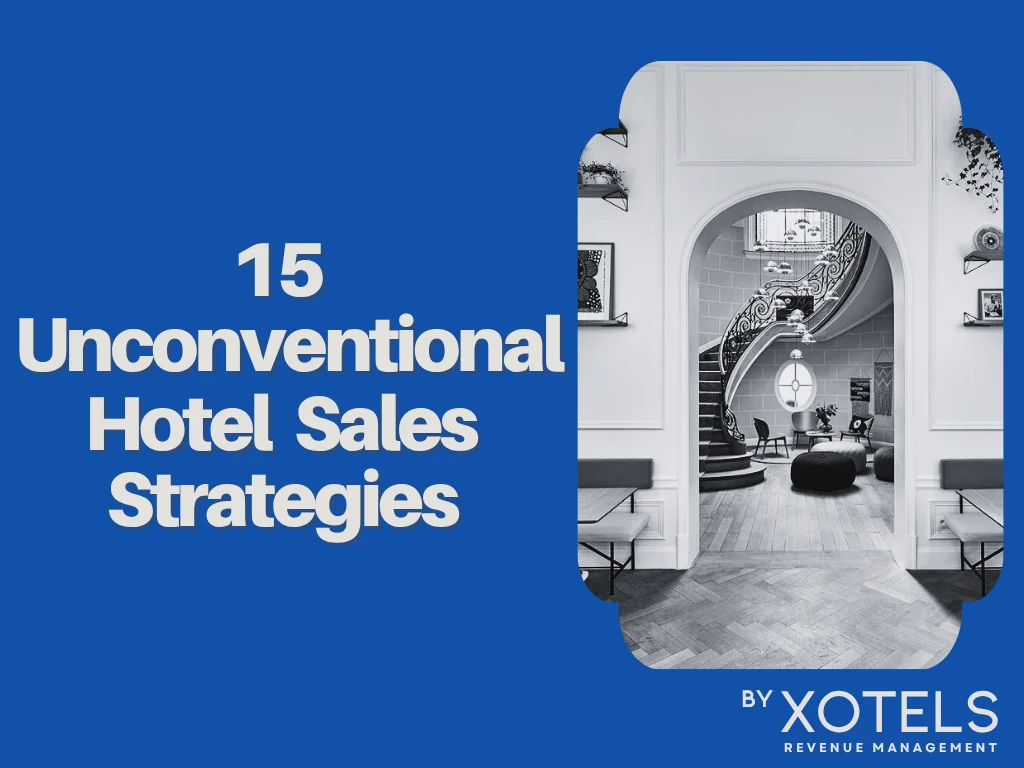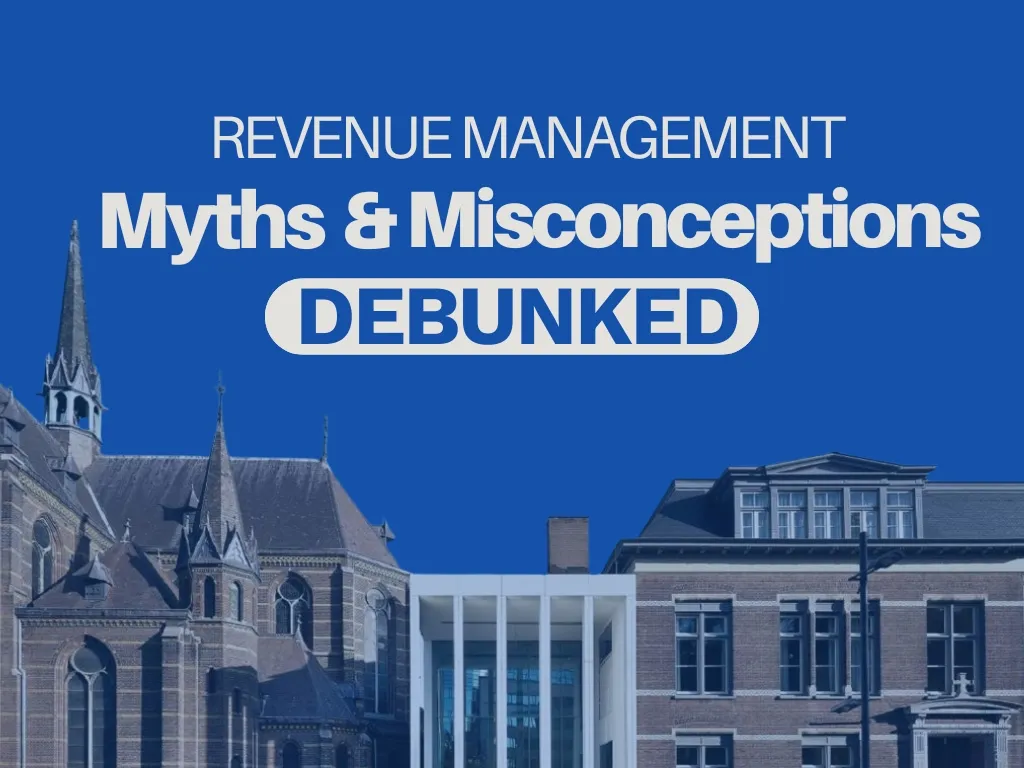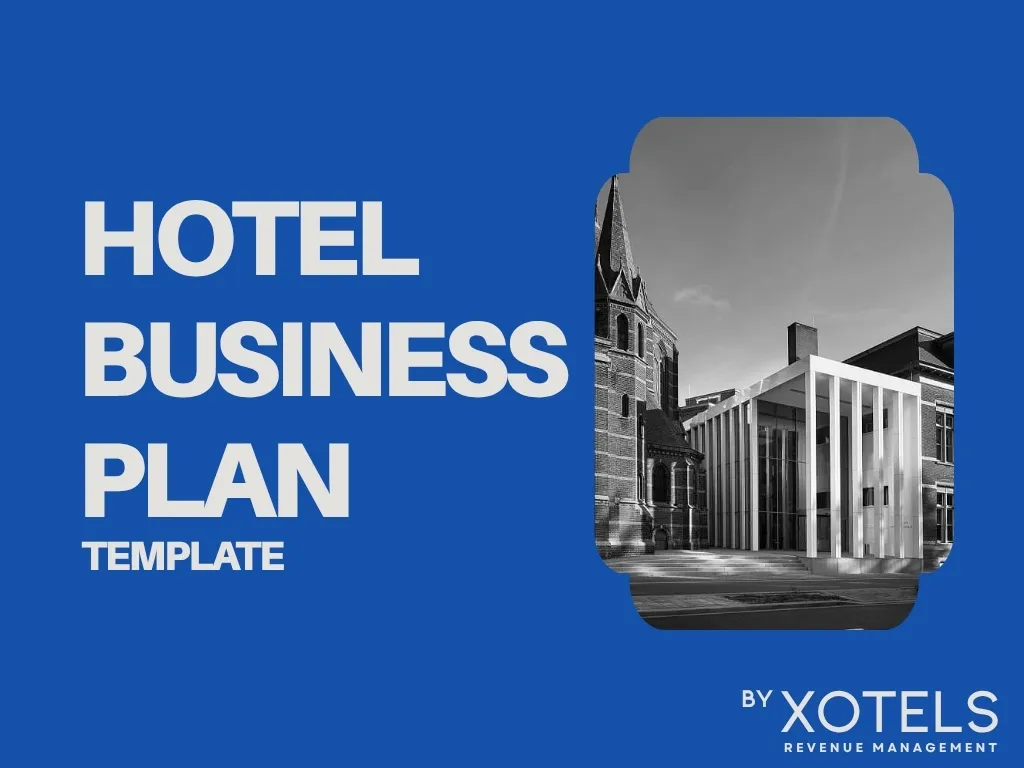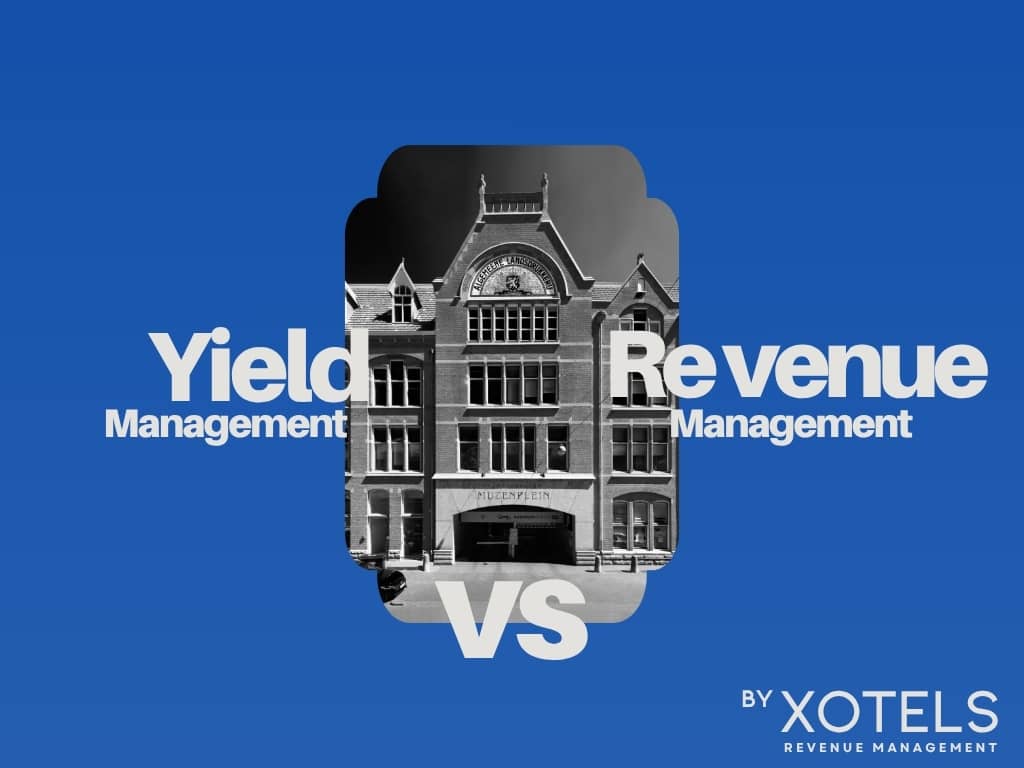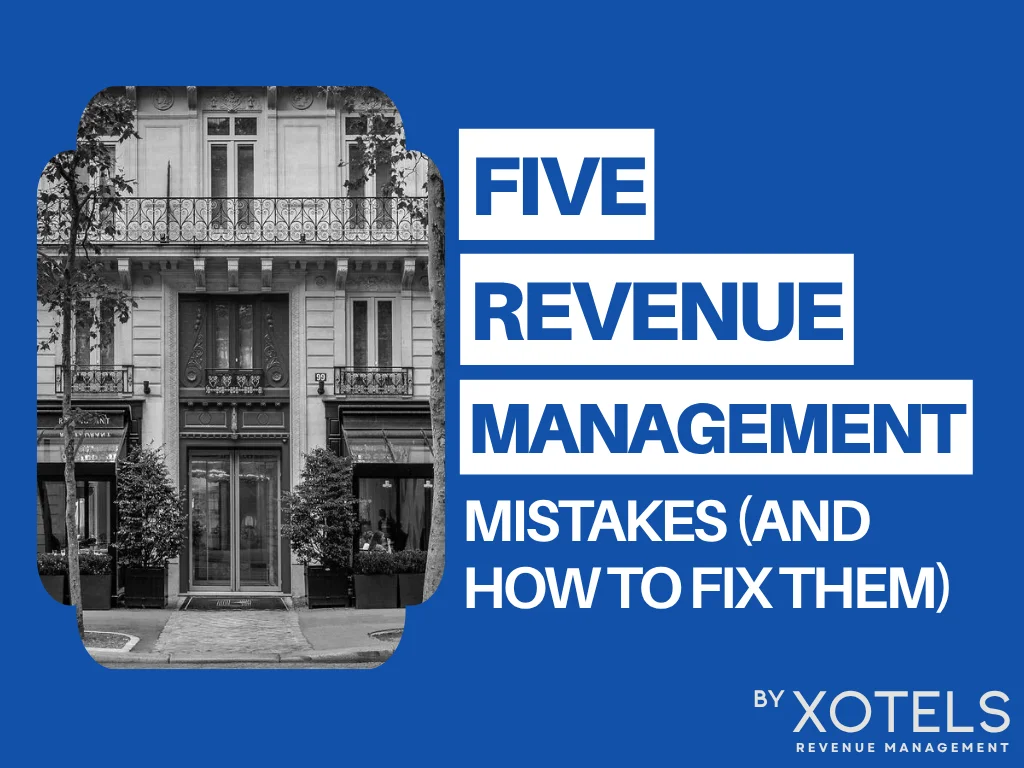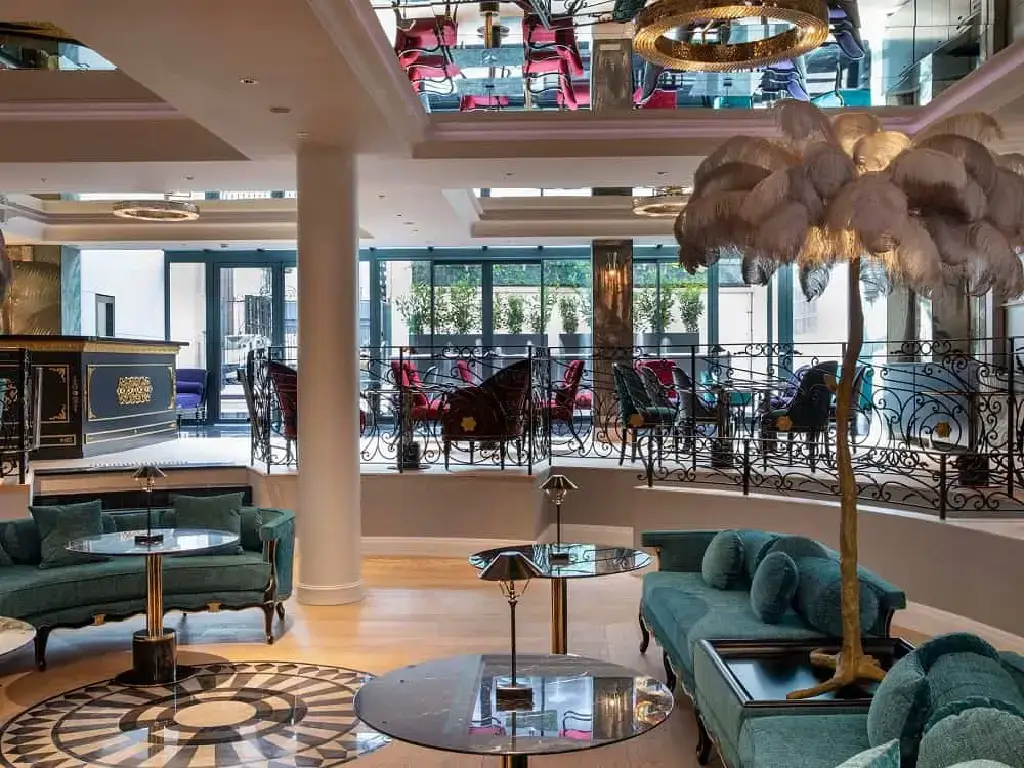Channel Management: an ongoing challenge for hotels – part 1

For years we have seen a race to the bottom in the rapidly developing world of channel management software. New channel management systems seem to pop up like mushrooms. There are at least 50 different providers active in the market space, and each system seems to come with a lower price. Many existing players in the field participated in the pricing war and nowadays there are certain standalone channel management solutions available practically for free.
Whilst many of these tools may seem incredibly cheap, most of them are performing far below hotelier expectations. Using the tools is cumbersome, and logically hoteliers continue the search for better channel management tools. The hotel industry seems to be smartening up and is making a shift towards the tools that offer high-quality technology.
Nowadays a channel manager is a key component of hotel distribution and revenue management, and therefore it’s worth spending some time figuring out which is the best solution out there.
To help you find the best channel management tool out there, we’ll provide you with a list of functionalities that only best of breed solutions will be able to provide. The list is quite large and has been divided in two sections. We’ll have a second release coming out shortly, and combined we’ll cover a total of 21 features. Here is a start of the list of functionalities that you should look for when selecting a channel manager:
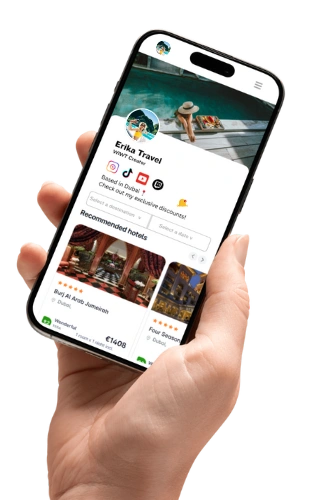

SELL MORE HOTEL ROOMS
SELL MORE HOTEL ROOMS
via the WIWT Affiliate Network.
via the WIWT Affiliate Network.
1) Number of connected channels:
Can a channel management tool manage your rates/ inventory across all of the channels you need to manage?
How many connected channels are there available in total? Not that you are looking to connect all distribution channels that exist around the globe, however this number does give you good insight in the dedication to develop connections based on hotelier demand.
In addition this will allow you to see how many channels that you are already working with you may still have to manage separately.
2) Number of simultaneously manageable channels
How many channels can you manage simultaneously via the channel management tool? And how many room types can you manage simultaneously on each of these channels?
The more channels and the more room types you manage simultaneously, the more information will be transferred through a channel management system towards all kinds of extranets, each operating at a different speed. The more information is transferred, the higher the pressure on performance and speed.
There is a limit. There is always a limit. Ask for it.
3) Easiness to connect a new channel
Three questions to keep in mind here:
- How long does it approximately take to add a channel to the set of channels that you are managing?
- What if you want to add a new channel that’s not in the list of connected channels yet? This is more complex as building a new connection between a channel management tool and a distributor takes more technological effort and time for programming.
- On what basis does the channel management provider select channels that they will build connections to? Are there any requirements, for example a minimum number of hotels that requested the connection to be built?
4) Connection type
What type of connections does the channel management tool have with 3rd parties?
Please do realize that there are plenty of channels out there, and many of them are not capable of building XML links to send rates and inventory to channel management tools. So are the connections XML-based? Or is it maybe a spider technology (also known as screen scraping) that sends and/ or retrieves data from extranets?
Uncover the hidden revenue potential of your hotel
or resort.
5) Push vs. pull and push
- Can the channel management system pull data from extranets easily and quickly?
- If it does not pull data, how can you get an overview of your inventory and rates distributed over all extranets?
- Consider, that if you can’t see how many room you have left on your sales channels, how do you know whether you’re visible on the channel for sales? What if your top channel sold your rooms, and you forget that you need to replenish inventory?
If you use a push-only system, you will simply not be able to read what data you have loaded across different channels. Below an example screenshot of information pulled from different extranets.
6) General Extranet functionalities
Can you manage the following information simultaneously and easily?
- Rates
- Inventory
- Minimum Length of Stay (MLOS)
- Stop sell (option that avoids cancelled rooms to be returned into inventory available for sales)
- Closed to Departure/ Arrival
7) Advanced extranet functionalities
What if there are other restrictions available at extranet level, specific to 1 extranet only, how is that displayed in the Channel Management tool? Ideally the rules of each individual extranet are built in. Examples of this type of restrictions would be:
- Closed to Departure (COD)
- Closed to Arrival
- Minimum stay through
- Per person supplement
- Free sale
- Breakfast option
- Etc.
8) Event management:
Can you mark event dates in the system, so that people that use the system are notified about the importance of certain dates they’re managing?
9) Managing periods of time
- How far out can you manage your inventory? Can you manage inventory as far as you have loaded inventory? Can you load new inventory and new rates for extranets that allow this specifically?
- How many days can you manage simultaneously? Is there a limit? 3 days? A week? A month? More? The more days are managed simultaneously, the bigger the challenge to maintain system stability.
There is a logic behind this stability challenge. First of all, the more dates you manage, the more data need to be sent out simultaneously. A quick calculation:
Rate changes for
- 25 days
- 15 channels
- 3 room types per channel
- 2 rateplans per room type
That’s a quick total of 2250 changes. That is a lot of information running through your internet connection to all these extranets.
Things get really tricky when passing the 30 day limit. Most extranets do not accept data for more than 1 month simultaneously. This obviously has a huge influence on system speed.
So beware when you’re told that you can manage an unlimited amount of days simultaneously through your channel manager.
10) Training and support
Is a systems training provided after you purchase the system? By whom? Can you get multiple trainings if required for your team?
And what kind of customer support is provided when you have technical challenges? How does support work? How can you report technical challenges? And how will you be notified about solutions? How fast?
11) User levels and access rights
Can you have multiple user levels for different people or departments?
Can you for example create a user level that allows access to inventory management only? For example for the front office if they need to close sales on a last minute basis?
Next week we’ll be back with more detailed insight in rate and inventory management via a channel management tool.
Click here to discover 10 more functionalities that will help you to select the best channelmanagement tool out there.
More Free Resources
Popular Posts
Blog Categories
Share This Story, Choose Your Platform!
About the Author:
As CEO and Founder of XOTELS, Patrick Landman has made it his mission to turn hotels and resorts into local market leaders. XOTELS´ diverse expertise and deep-knowledge across revenue management consulting, hotel management, and hotel consulting, enables us to drive results for independent boutique hotels, luxury resorts, and innovative lodging concepts. Below you will find opinion articles written by Patrick Landman.


